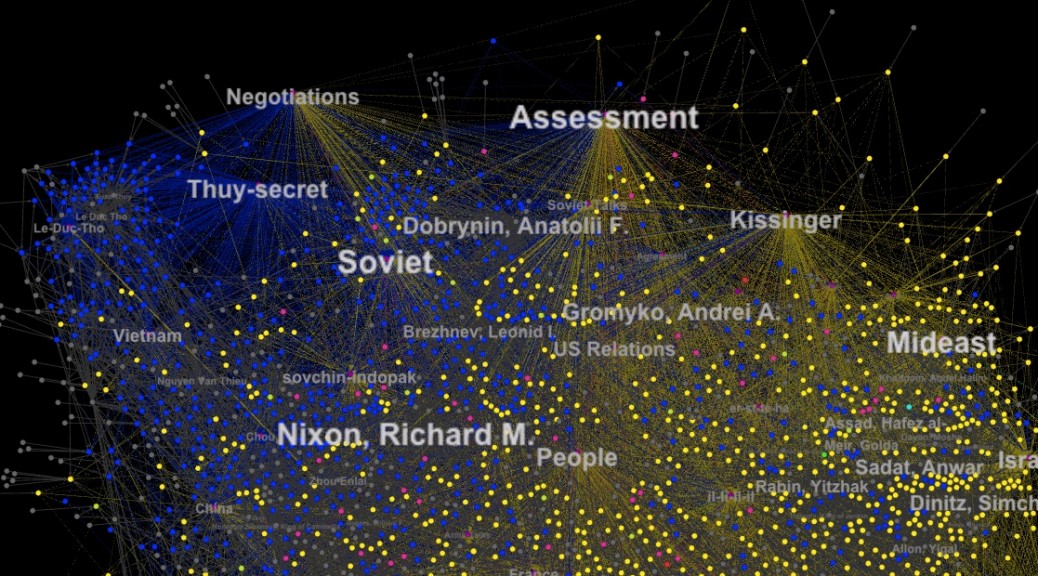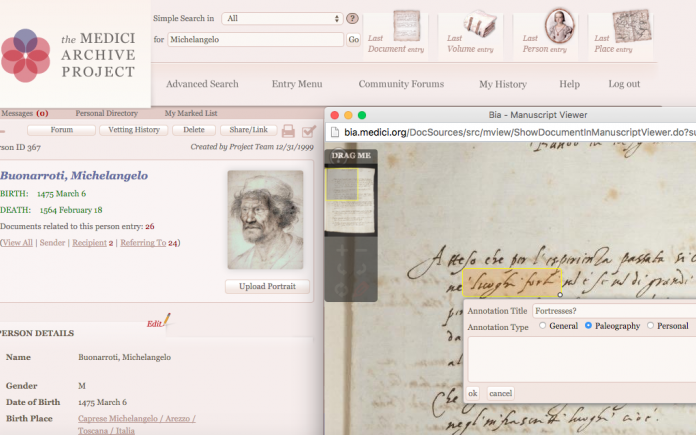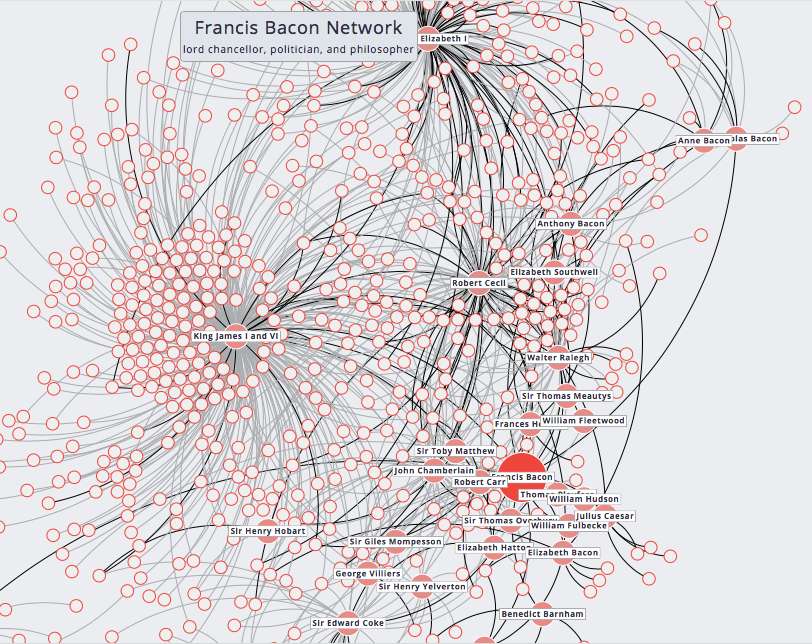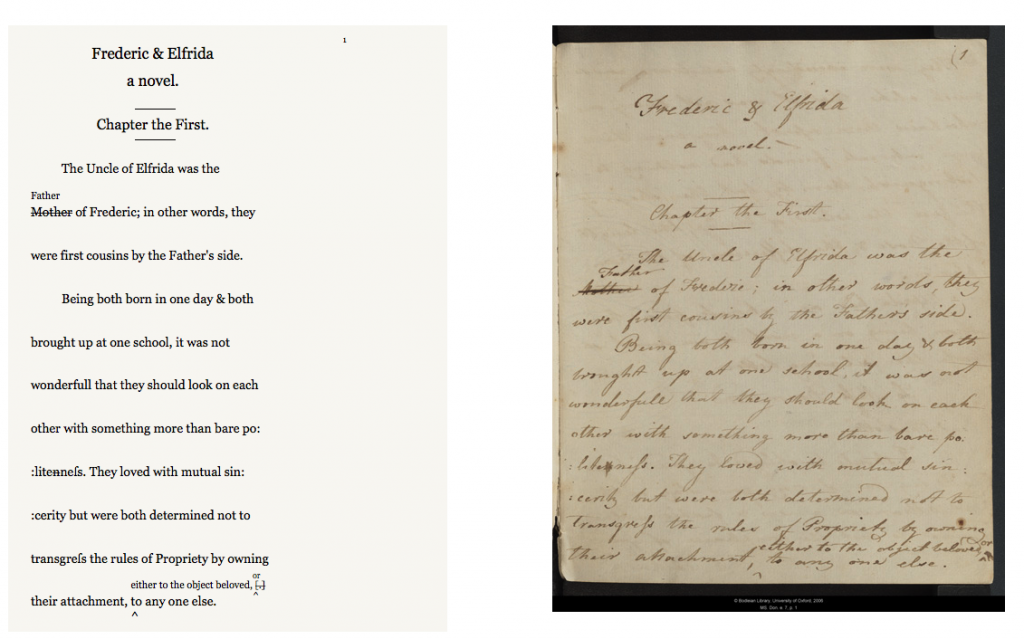Transcribing the Moravian manuscripts was a very interesting, as well as a rewarding experience. My task was to transcribe the Moravian manuscripts to create a digital edition by using a photo of the original archival document from archives in Bethlehem and London. To transcribe, I utilized the transcription desk on the Moravian Lives website, which was a very neat platform.
At first, the pages I was assigned by my group leader to transcribe seemed daunting. I had not primarily written or read cursive writing since the third grade, so reading the Moravian manuscripts was difficult at first. I felt a lot of pressure to be accurate in my transcription because I knew that if I transcribed something incorrectly, there would be negative effects on my work later in the course and the research project as a whole. Over time, recognizing words and abbreviations became easier, allowing me to transcribe the documents faster. The group setting made it particularly simple for me to get help when I was stuck on a word or unsure of an abbreviation. Specifically, my team (Brendan, Olivia, and Ethan) would help one another whenever they ran into trouble and look over each other’s documents to ensure accuracy. It was great to have such a strong group, especially when I just needed a second pair of eyes (and sometimes third) on my document.
The pages I was assigned detailed the lives of Joesph Lingard and Henry Unger. Over the days I spent transcribing the pages, I feel that I have been able to better understand the Moravians because I walked in the shoes of both Henry and Joesph. I look forward to the work to come as I will able to delve deeper into the lives of Henry and Joesph by doing text analysis and mapping.
My Transcriptions:
https://docs.google.com/document/d/17GZrXSICM6RDmdVB0SJjc1tS1njQ8CnGb-IUI9HrVKw/edit
Samantha is currently a sophomore Markets, Innovation, and Design major in the Freeman College of Management at Bucknell University in Lewisburg, Pennsylvania. At Bucknell, Samantha works as a Student Development Officer for the Student Calling Program and is a member of Alpha Lambda Delta Honor Society, Women in Finance, and is treasurer for the Chi Mu Chapter of Chi Omega Sorority. She graduated from the Morristown-Beard School in Morristown, New Jersey in June 2017. Samantha resides in Harding, New Jersey and during the summer, Samantha works at Basking Ridge Country Club.




